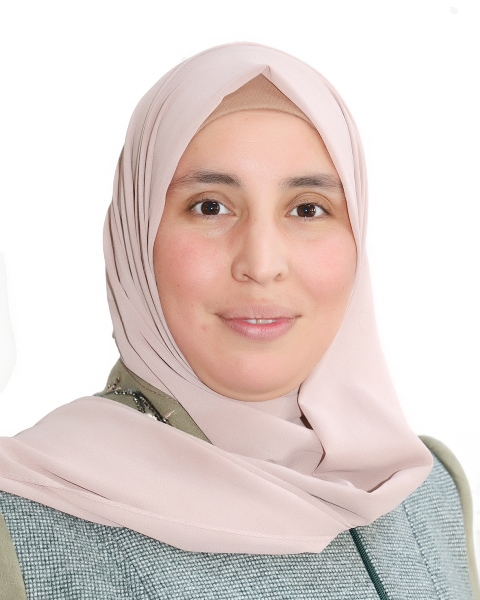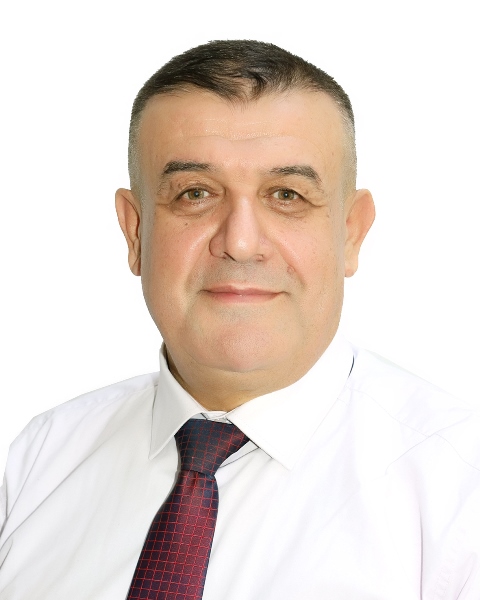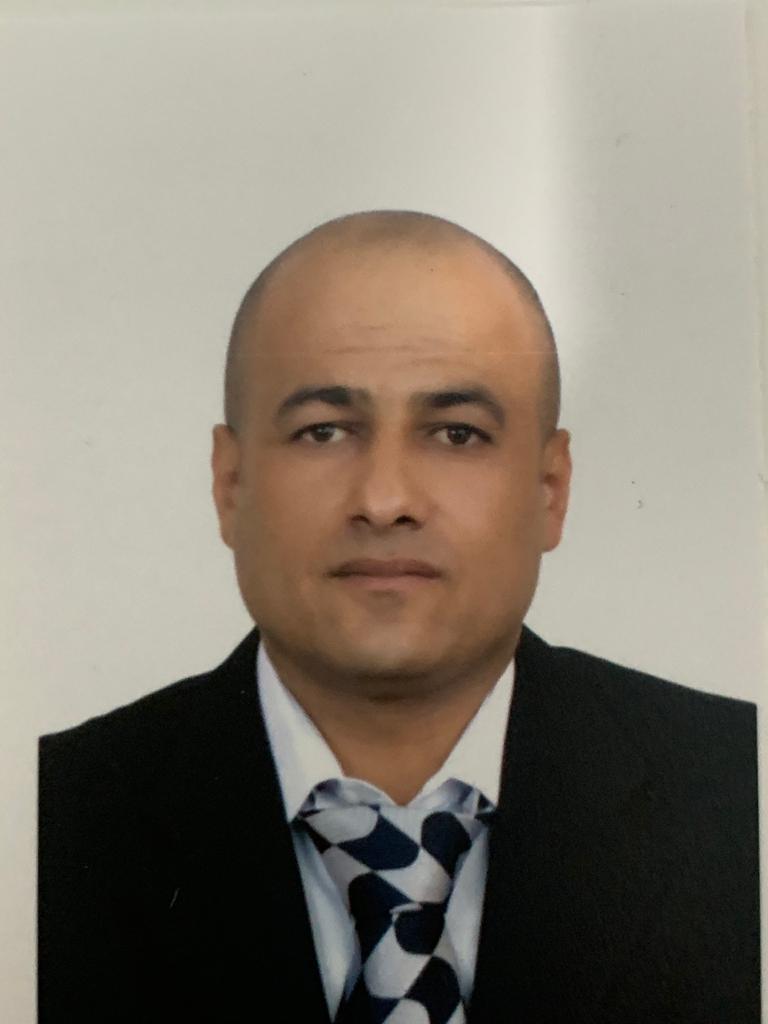academics
Joomla!
Program Learning Outcomes
Upon successful completion of this program, graduates will be able to:
Knowledge
Demonstrate awareness of accounting measurement concepts and analyze financial reports in accordance with International Accounting Standards.
Explain cost principles in manufacturing processes and prepare various budgets for business organizations.
Show knowledge in auditing and financial control in line with international standards.
Apply knowledge of tax legislation and procedures for individuals and companies.
Clarify the functions of different business operations and explain the interrelationships between business organizations and their environments.
Skills
Communicate effectively and efficiently in both Arabic and English, whether through conversations or preparing reports and presentations.
Utilize technology to collect, analyze, and interpret data and information.
Apply critical thinking skills to make managerial decisions and solve individual and organizational problems.
Competencies
Formulate strategies and make decisions aligned with professional ethical practices, sustainable development concepts, and social responsibility within the business environment.
Develop professional competence through lifelong learning and apply it globally across diverse contexts.
Assess business functions and their impact on sustainable organizational performance, while understanding the reciprocal relationship between businesses and their external environments.
Program Objectives
The Bachelor's Program in Accounting aims to achieve the following objectives:
Equip students with both theoretical and practical knowledge in accounting.
Emphasize practical application in all aspects of the teaching and learning processes..
Develop students' ability to understand and effectively respond to changes in the business environment.
Enhance students' skills, competencies, and professional ethics to increase their chances of success in future careers, both locally and internationally.
Prepare students to obtain specialized professional certifications in accounting and auditing.
Contact Information
Jarash Road, 20 KM out of Amman, Amman Jordan
-
dummy P.O.Box: 1 Amman - Jordan 19392
dummy +96264799000
-
dummy +96264799040
-
dummy info@philadelphia.edu.jo












.jpeg)











